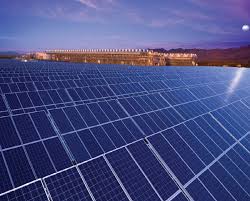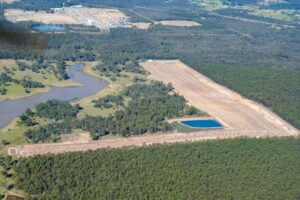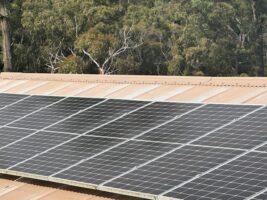 In an interesting overview of a solar capital investment vs a PPA (Power Purchase Agreements) opened by Tosh Szatow and continued by Jeff Bye, it has become apparent that while the use of solar PPAs has been the norm for many years overseas, the concept in general is new to Australia and not necessarily well understood.
In an interesting overview of a solar capital investment vs a PPA (Power Purchase Agreements) opened by Tosh Szatow and continued by Jeff Bye, it has become apparent that while the use of solar PPAs has been the norm for many years overseas, the concept in general is new to Australia and not necessarily well understood.
Similar to the approach used for photocopier machines, procurement of solar via a PPA energy plan simply allows a business to purchase green power without the costs of ownership and ideally modelled to provide a lower price than what they would otherwise be paying for mains power.
Interestingly, common objections to the concept of a PPA include ‘we’re already locked in with an energy contract on low rates’ or ‘we have the funds available to buy a system outright’. However, neither of these scenarios rule out the viability and attractiveness of a PPA arrangement, especially if improving the business triple bottom line, public image and environmental practices are important.
On the other hand, buying a commercial solar power system outright or on low interest finance is typically perceived as a good investment to future-proof a business in terms of energy, versus continually paying ongoing power bills. For example, let’s suppose a solar system is calculated with a ROI of 16-20%, providing a simple payback of 5-6 years. At face value this seems a reasonable proposition, as its money a business would have eventually spent on electricity bills anyway.
However further to the energy savings one needs to factor in the ownership costs, which include ongoing maintenance, insurance, the possibility of equipment failure, under-performance, lost opportunity had the money instead been spent on core business needs, and the associated losses if the solar provider were to disappear.
Even if a business was to invest in a good quality commercial solar system, outright purchase is definitely not a ‘set and forget’ proposition, as some may suggest.
In contrast, a solar PPA energy plan resolve these potential pitfalls of ownership and can be easily integrated with the existing energy contract of the business, which is perhaps why a PPA has become a popular approach by businesses worldwide.
In summary, our top 4 reasons to why PPAs can be a good idea for business are:
- No upfront capital expenditure required – removing the upfront financing burden allows funds to be invested into core business at higher returns and may provide an easier path to meeting carbon emission targets.
- Opportunity cost of money – For an SME, a lost opportunity cost may be a key factor in procurement via a solar PPA instead of investing in a system out-right. As Jeff Bye mentioned in his article, that money would be better invested within core business activities where ROI returns of 15-40% may be achieved2.
- Reduces the cost of ongoing power bills – although a solar PPA provides green power, it does not replace your current energy provider and is billed separately to an existing electricity contract. Solar in general is ideal for reducing high daytime loads, network charges and may also reduce a peak demand charge, which in some cases makes up half of an SME’s power bill.
- Economically viable social responsibility – Although reducing carbon emissions and saving money are motivating factors for the procurement of power via a solar PPA, removal of capital outlay also provides an easier path for a business to install larger systems.
There are other benefits to a PPA vs capital investment, however hopefully these points provide a reasonable starting point toward better understanding to the benefits of procurement of solar power as an operational expense.
To validate a business case for a PPA energy plan, it’s standard practice for the provider to offer kilowatt-hour rates that are equivalent or lower than what a business is already paying for power.
Keeping in mind that green power from a traditional energy provider is around a 4.5c premium versus ‘dirty power’, this makes fair comparison of PPA rates even more attractive, as they are typically locked-in at a lower rate than that of mains-grid electricity.
As PPAs remove the upfront capital cost of solar it can be an effective approach to save money and reach carbon offset targets. Therefore, instead of a Council or large business entity budgeting for a 100kW solar system on one site, they will hopefully see added value in installing an impressive 1-2MW of solar spread across multi sites.
SunEdison are currently sponsoring Enhar to run information luncheons throughout major cities within Australia. Free tickets are available to key stakeholders via expression of interest online at http://www.sunedison.com.au/infosession/
Daniel Ball is an Australian Photovoltaic Engineer working on Commercial Business Development for SunEdison. SunEdison is a leading green energy provider, with an interest in the Australian PPA market.







